8 Free Astronomy Concept transparent PNG images
Explore our captivating collection of 8 free AI-generated Astronomy Concept images. From stunning nebulae and intricate star systems to detailed planetary surfaces and cosmic phenomena, our diverse gallery includes high-quality stock photos, 3D renderings, vectors, and artistic illustrations. Each image is available for high-resolution download, and you can customize any design using our 'open in editor' feature to adjust prompts and regenerate images that perfectly match your vision of the cosmos.
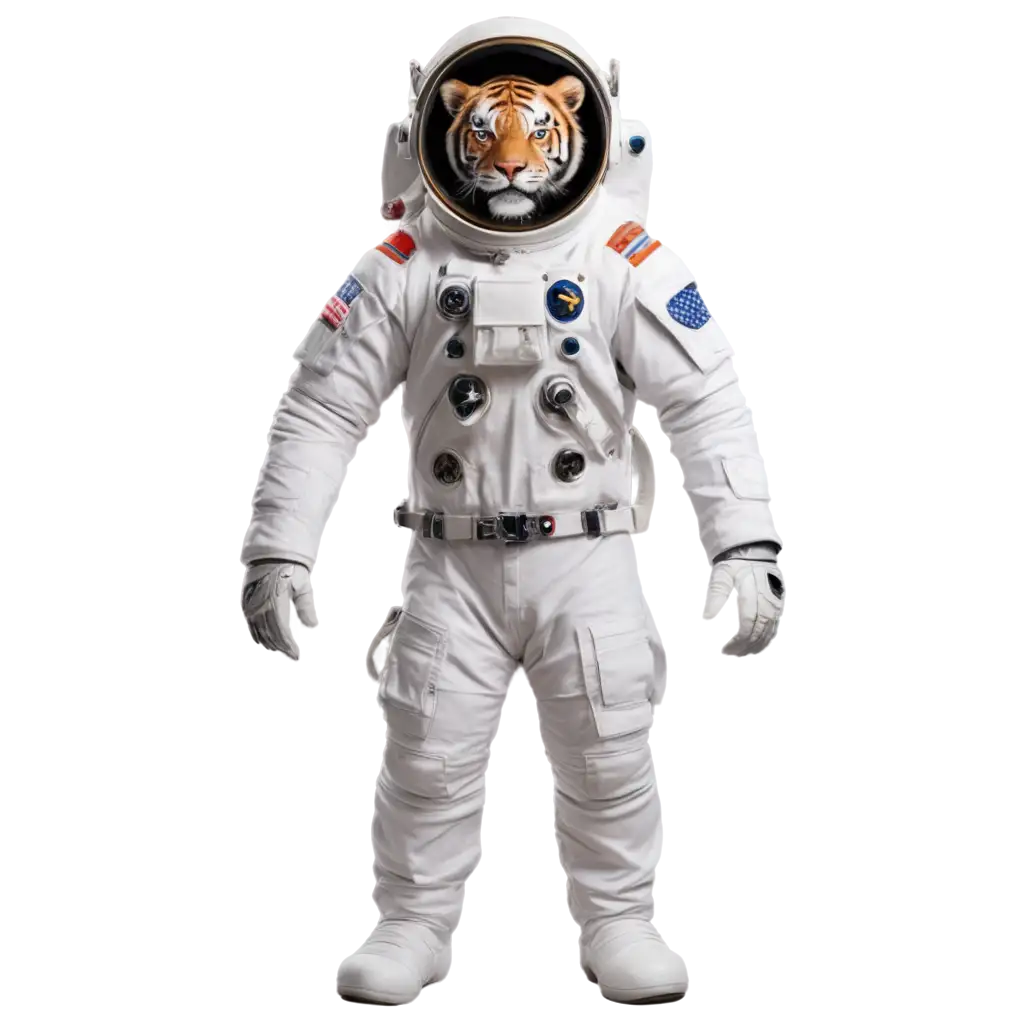
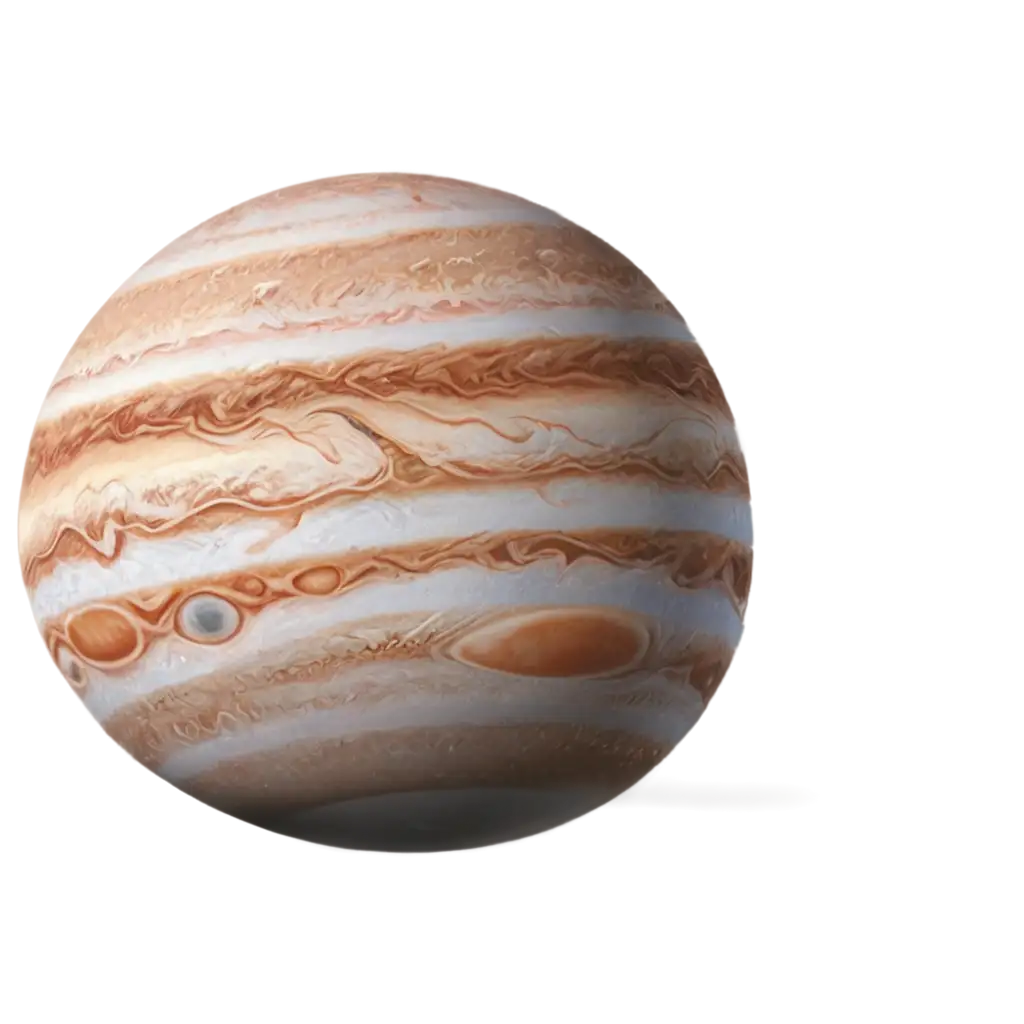
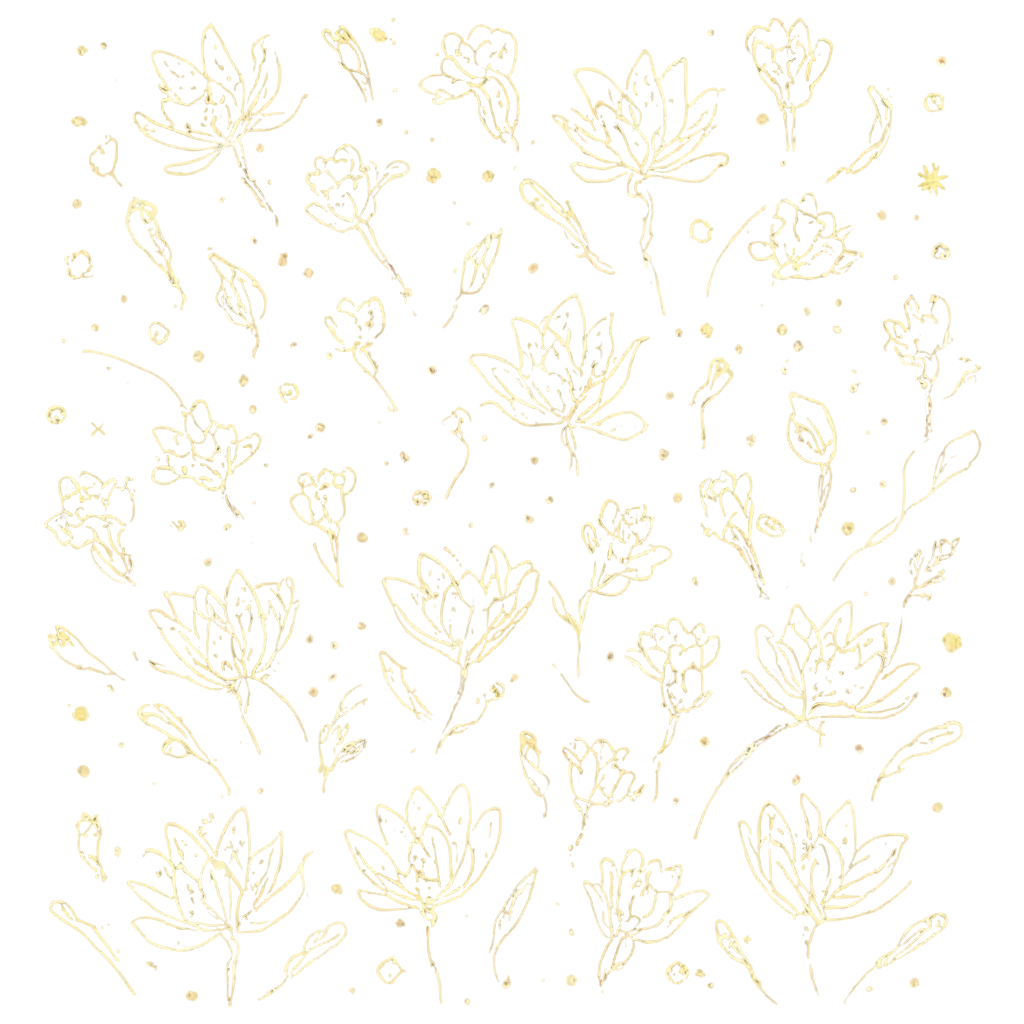

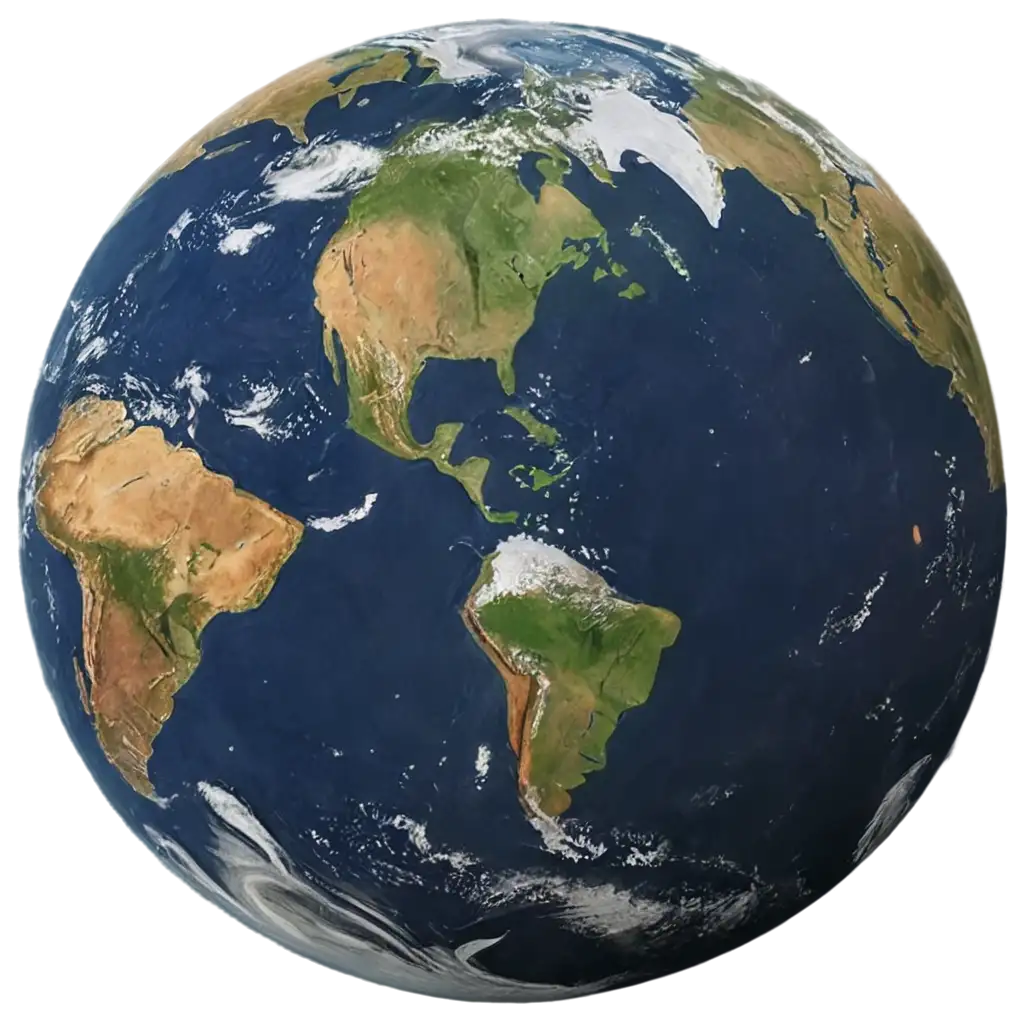


Related Tags
Astronomical imagery represents the fascinating intersection of scientific observation and artistic interpretation. Traditional astronomy relies on various technologies like radio telescopes, spectroscopy, and space-based observatories to capture cosmic phenomena. AI-generated astronomy concepts take this further by combining accurate scientific principles with creative visualization techniques. These images often enhance subtle details that might be invisible to traditional telescopes, such as the intricate structures of distant galaxies, the dynamic interactions of stellar phenomena, and the theoretical appearance of exoplanets. The AI's interpretation helps bridge the gap between raw scientific data and accessible visual representation, making complex astronomical concepts more comprehensible to both scientists and enthusiasts.
Understanding Astronomical Imagery: From Reality to AI Interpretation
AI-generated astronomy concepts incorporate several key visual elements that define their scientific accuracy and artistic appeal. These include accurate color representation of stellar classifications, from the cool reds of red giants to the hot blues of young stars; precise rendering of gravitational effects like black hole light bending; and detailed depiction of cosmic structures such as spiral galaxy arms, nebula formations, and planetary atmospheres. The AI algorithms particularly excel at creating realistic space environments by implementing physical principles like the inverse square law for light intensity, the Doppler effect on visible light, and the complex interactions of cosmic dust and gas. These elements combine to create visually stunning images that maintain scientific credibility while inspiring wonder and curiosity about the universe.
Essential Elements in AI-Generated Astronomy Visualizations
AI-generated astronomy concepts serve crucial roles in various fields. In education, these visualizations help students grasp complex astronomical phenomena through clear, engaging imagery. Scientific publications use them to illustrate theoretical concepts that cannot be directly photographed, such as the interior structure of stars or the formation of planetary systems. Public outreach programs benefit from these images to spark interest in space science, while science fiction media uses them to create scientifically plausible depictions of space environments. The versatility of AI-generated astronomy concepts extends to interactive educational tools, virtual reality space exploration experiences, and dynamic presentations of astronomical discoveries, making them invaluable assets in modern science communication.
Applications and Usage in Modern Science Communication
The field of AI-generated astronomy concepts continues to evolve rapidly. Emerging trends include real-time generation of astronomical visualizations based on live telescope data, integration with virtual reality platforms for immersive space exploration experiences, and adaptive imagery that responds to user interaction. Advanced AI algorithms are being developed to create more accurate representations of theoretical physics concepts like dark matter distribution and gravitational waves. Future developments will likely focus on incorporating more precise physical models, improving real-time rendering capabilities, and expanding the range of phenomena that can be visualized accurately. These advancements will further enhance our ability to understand and communicate complex astronomical concepts through visual means.
Future Trends in AI Astronomy Visualization